

We are going to plant trees, a lot of trees! Working Protect Earth we aim to plant lots of different types of endangered and popular trees.
As of 2020 the majority of the land is mainly pasture. The plan is over the next coming years, to turn the pasture land into a bio diverse woodland, with meadows and soft fruit orchard to provide enough apple / pears for cider and perry.
140 Fruit trees including 40 heritage / rare Welsh trees.

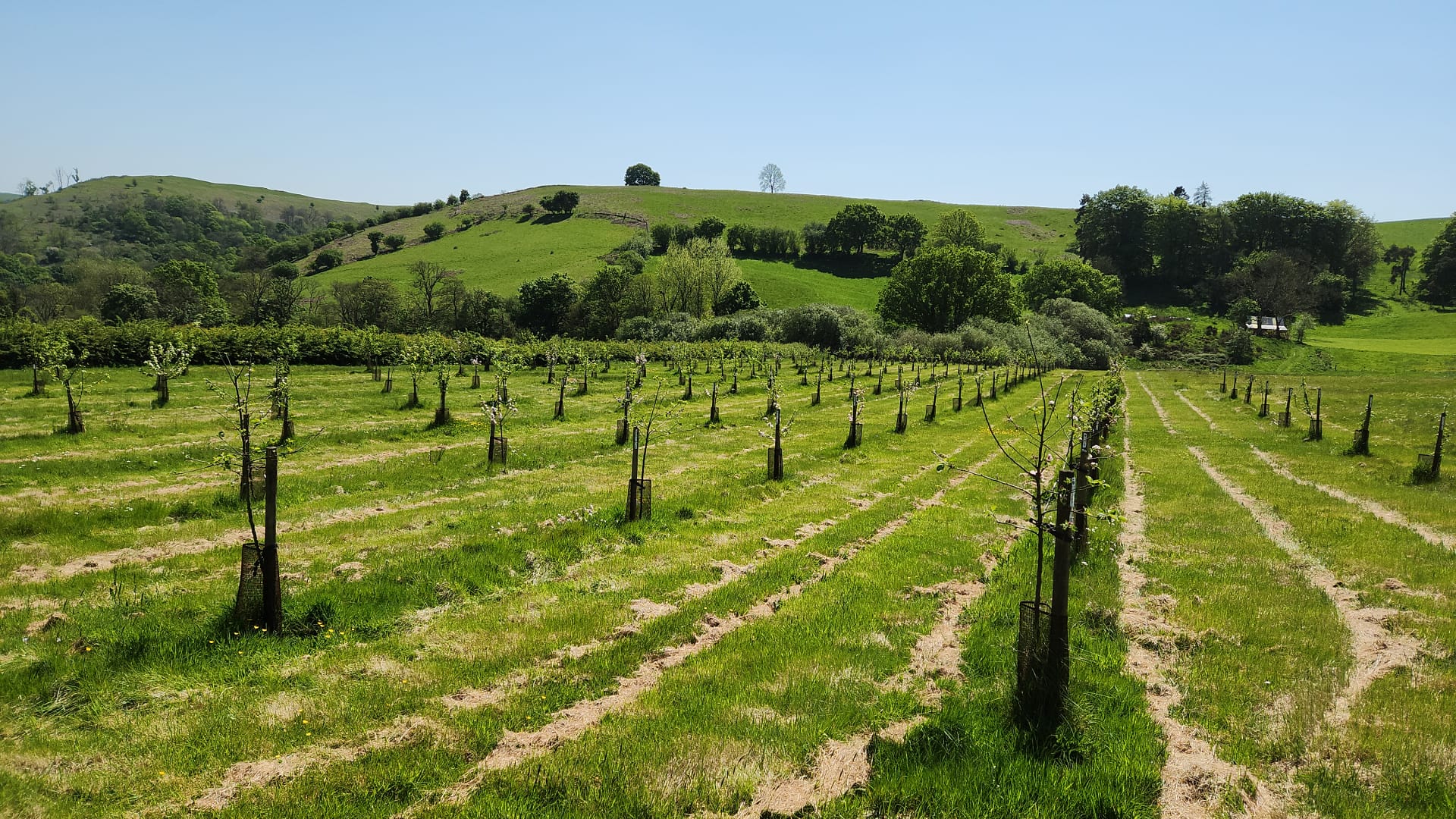
In conjunction with Protect Earth and the Woodland Trust, we were able to plant the trees listed below.


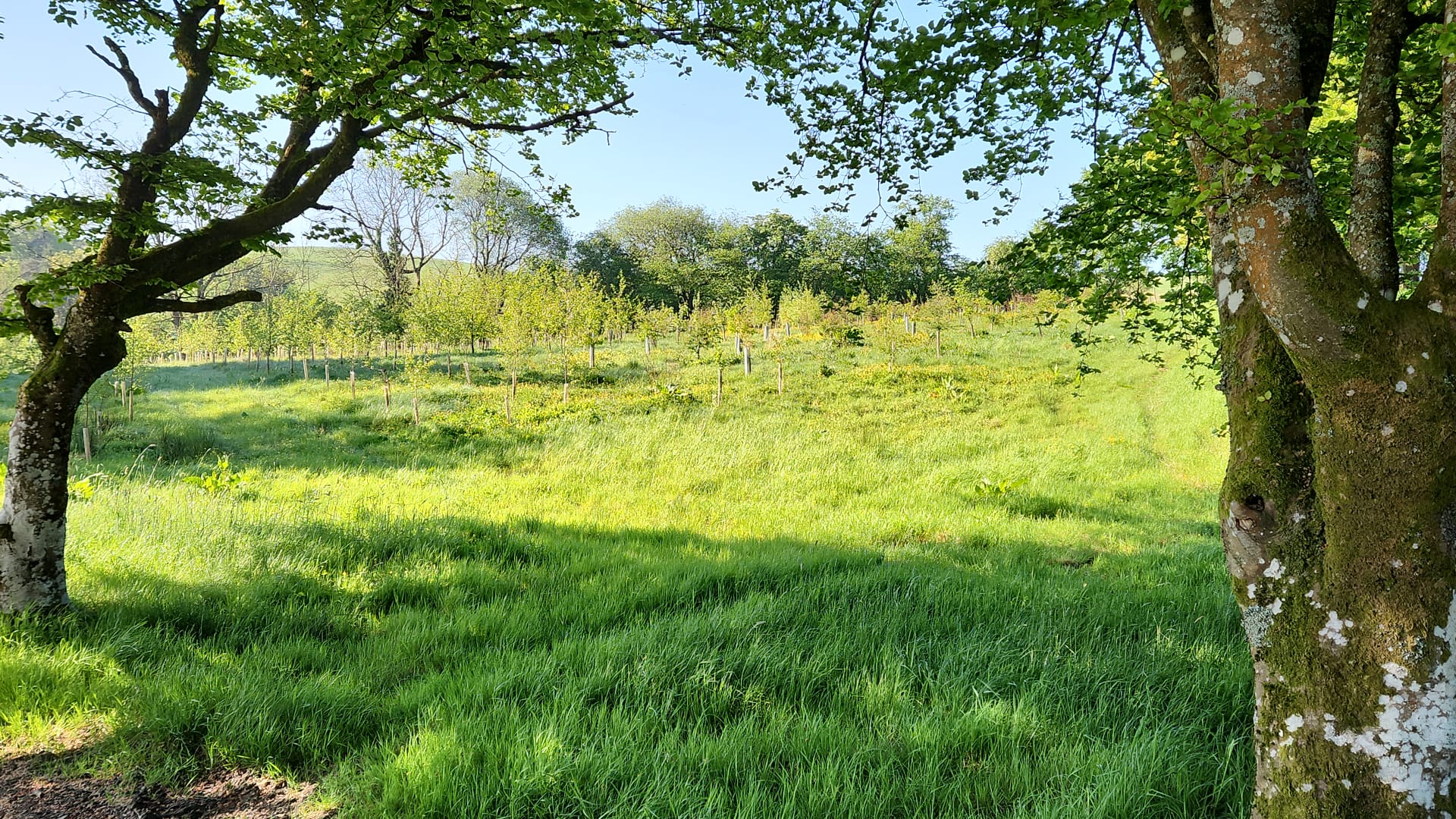
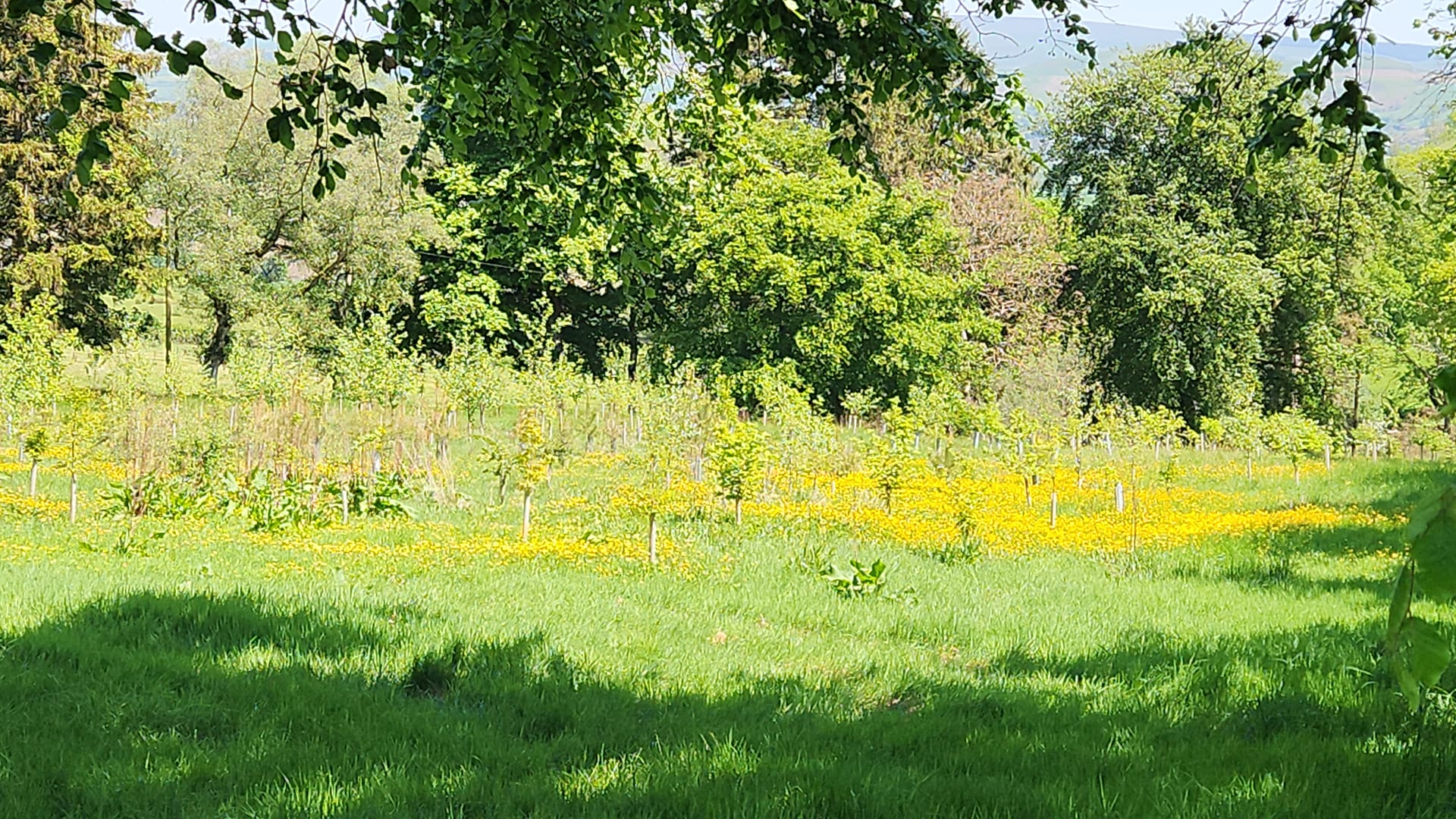
Again, with Protect Earth, repopulating the exiting wood.



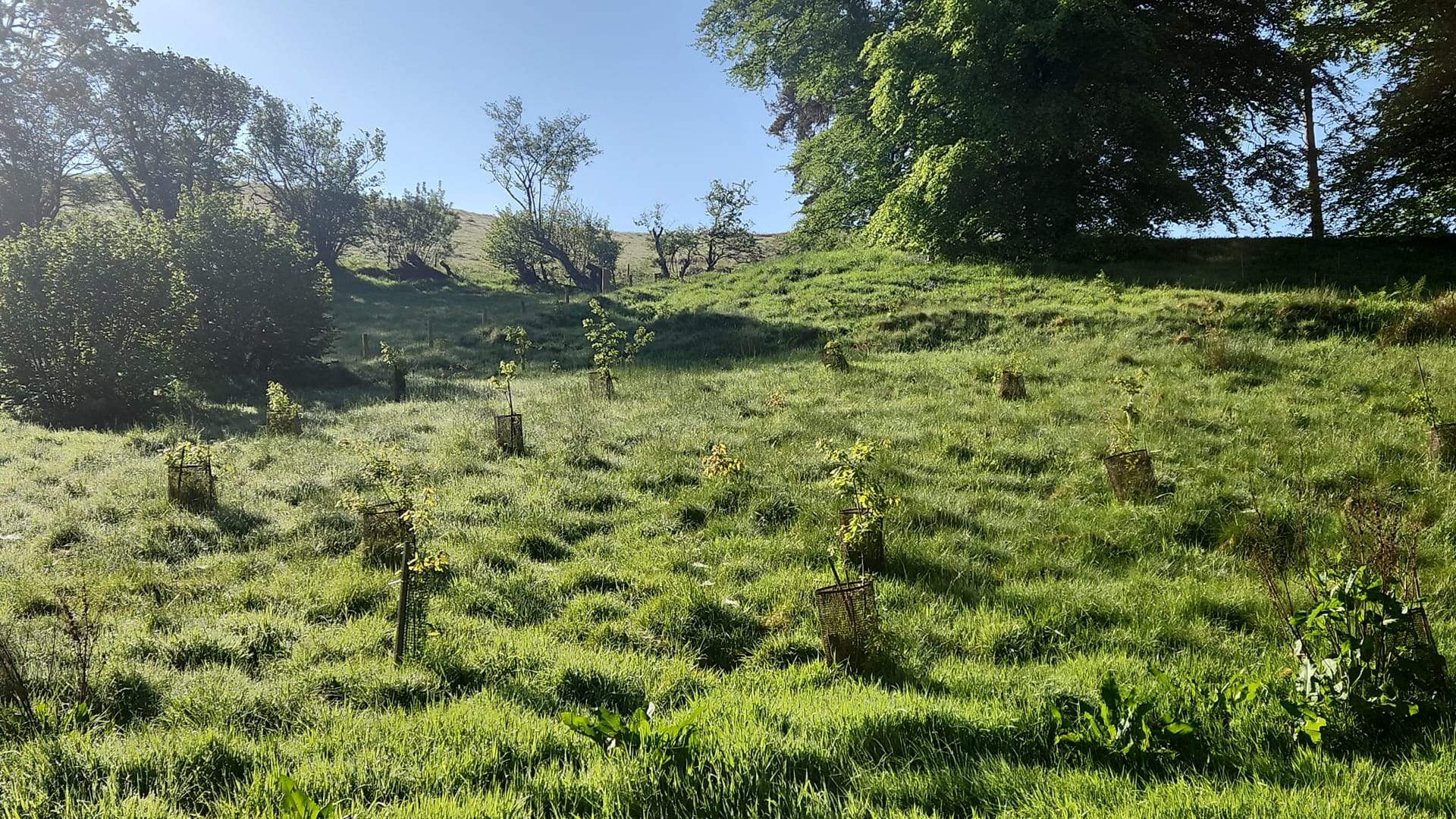
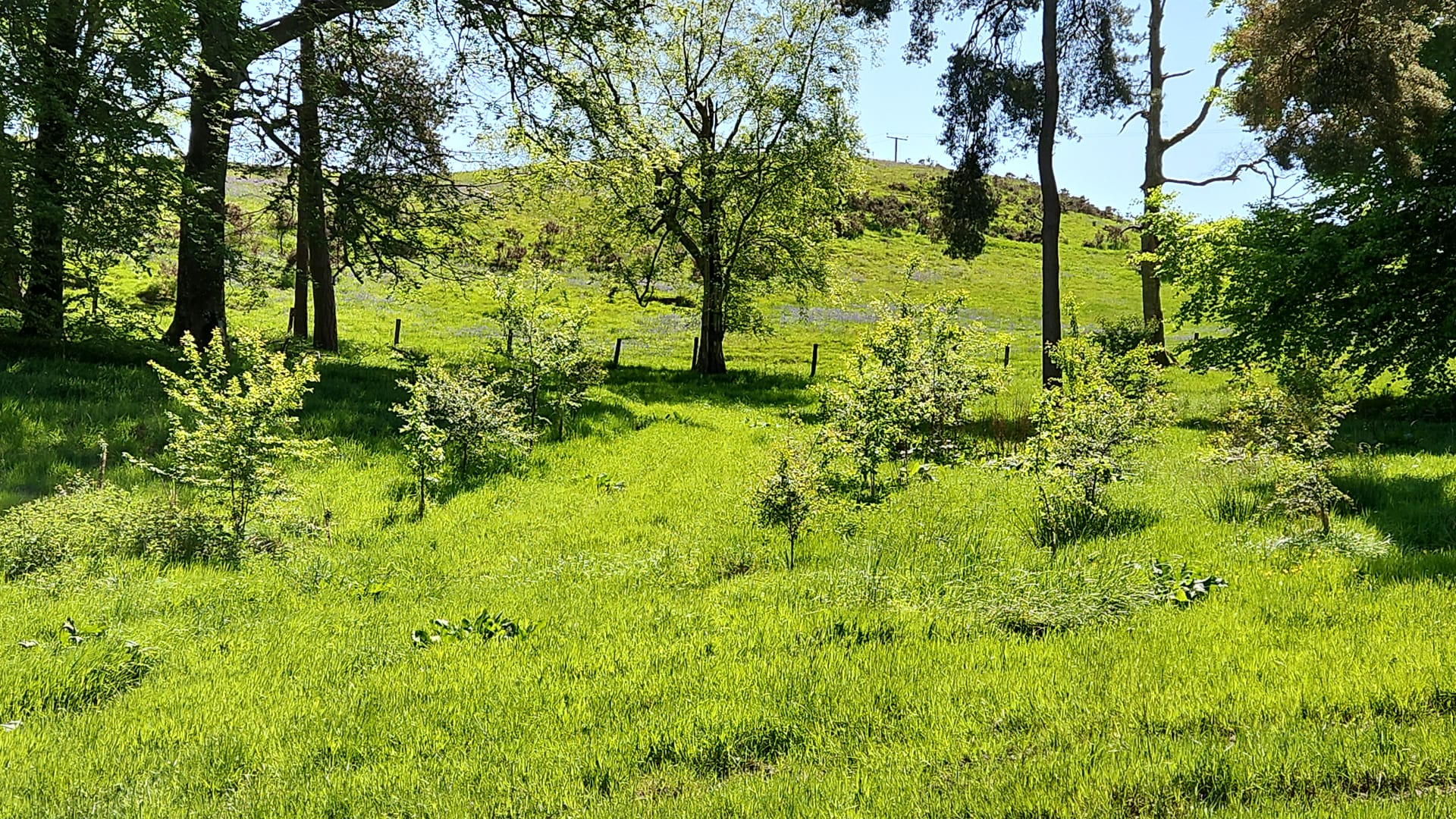
Again, with Protect Earth, repopulating the exiting wood, and around the property.


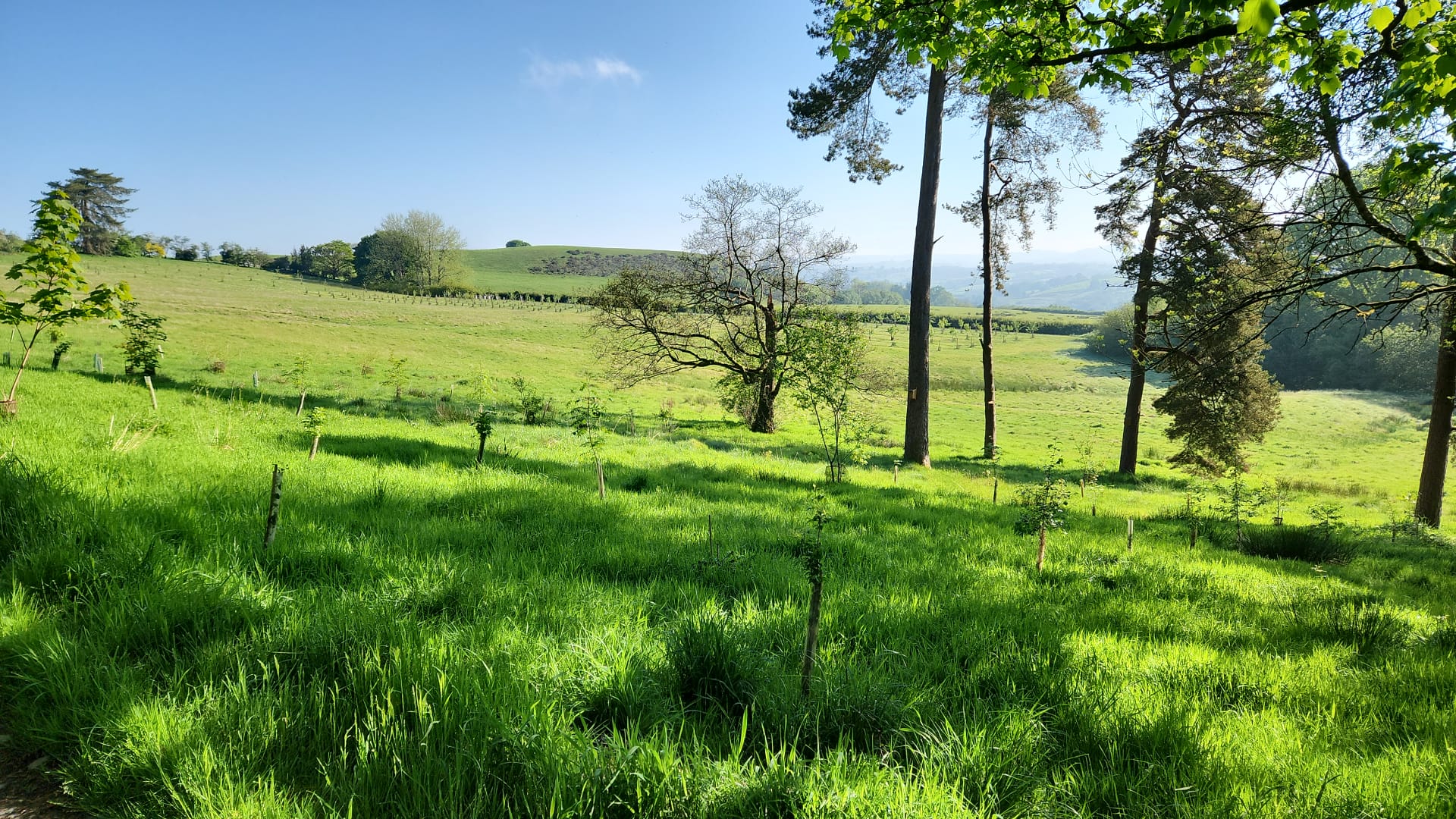
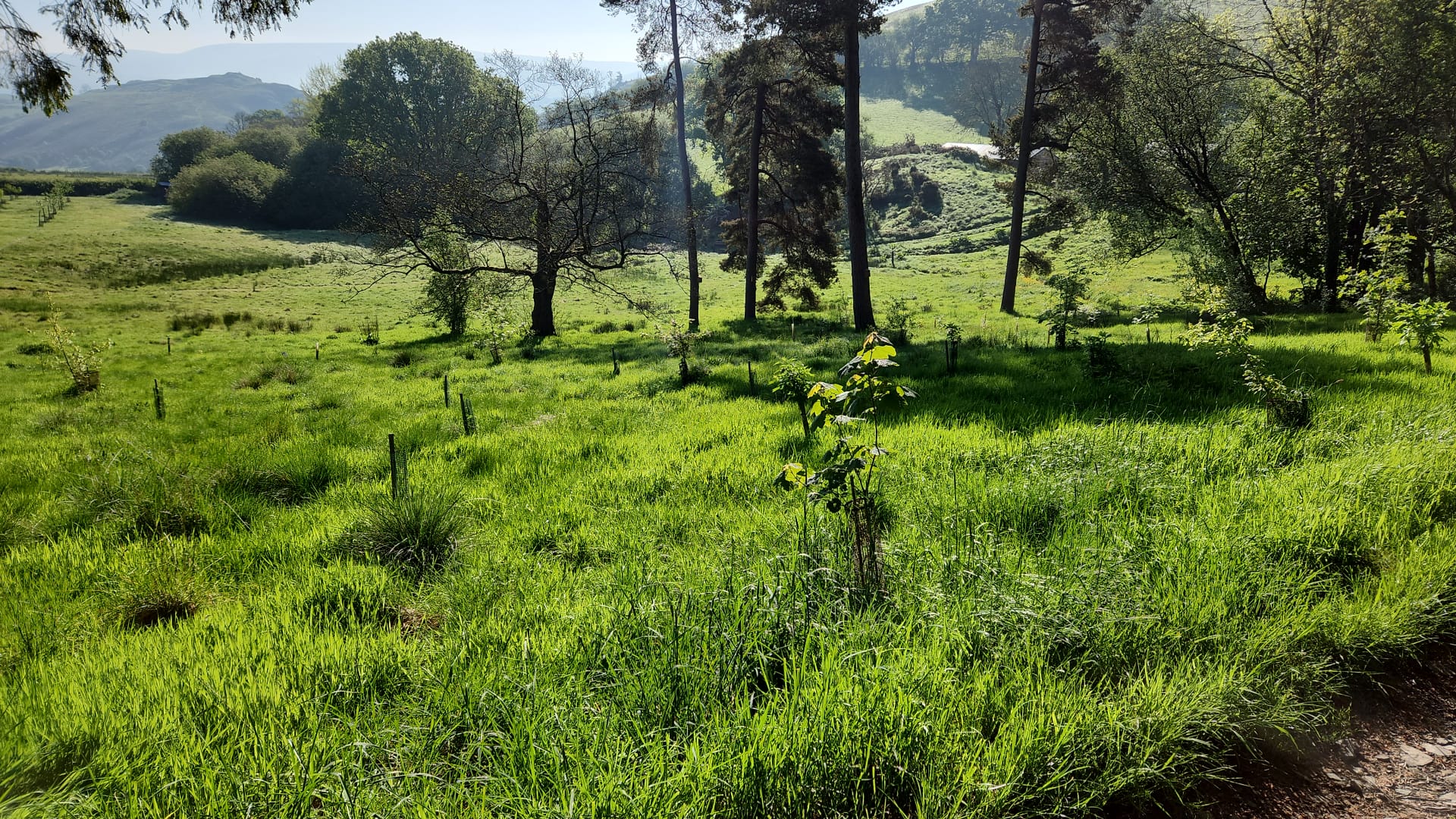
In association with Protect Earth and GibTelecom, we planted the trees below in the second field, to be named Mount Pleasant.


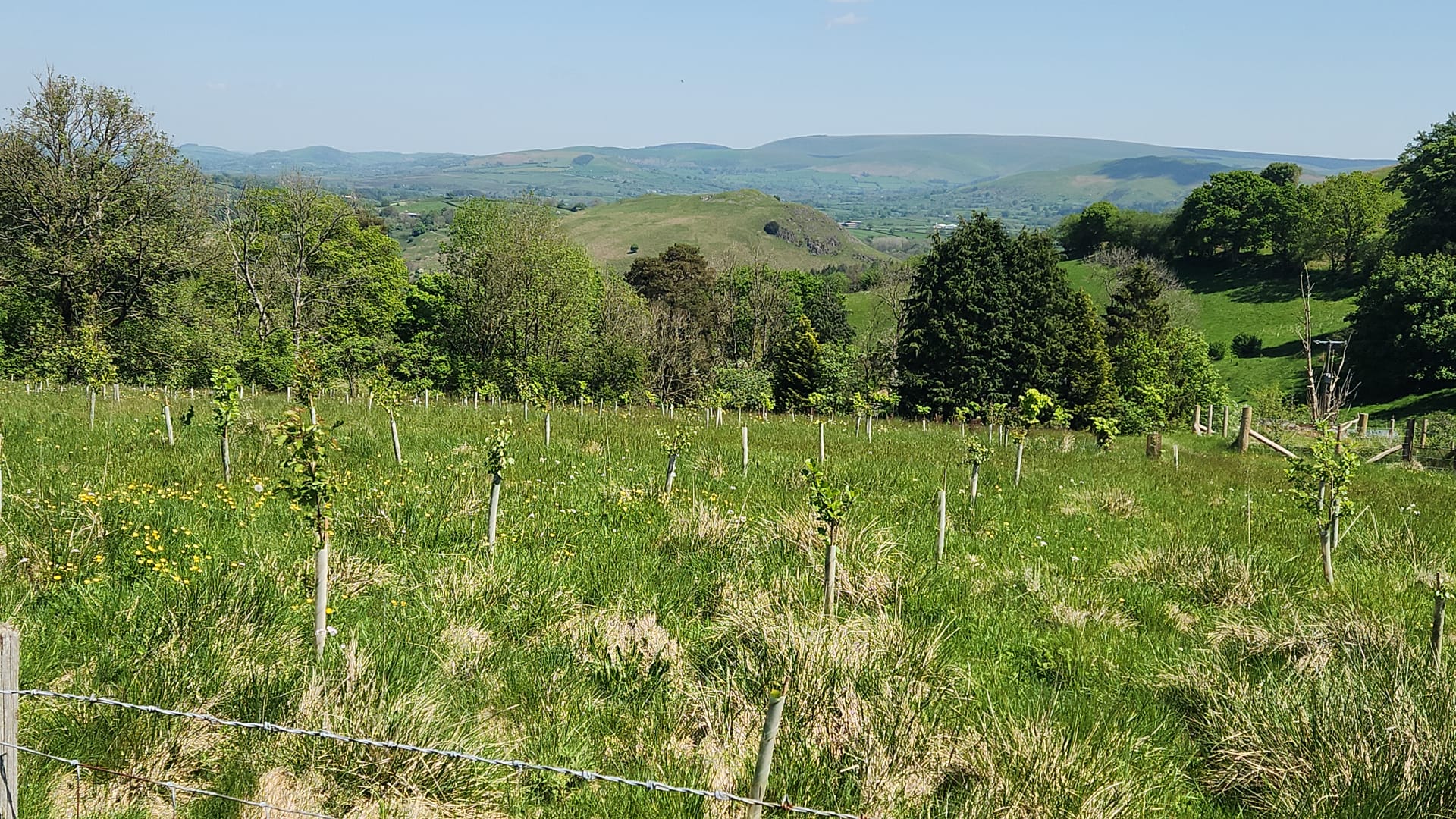
Second year of populating the Orchard, this time mainly with cider apple tress.


Third year of populating the Orchard, mainly with cider apple tress.
Planting hedgerows of blackthorn, hazel, juniper and hawthorn will encourage wildlife. The majority of the fence line currently is bare barbed wire. This will slowly be replaced with hedgerows.
Pantpurlais comprises 9 hectares (ha) of pasture with areas of mature trees mainly located along field boundaries and old hedge-lines. The area is situated within a depression on elevated ground which ranges from 325m Above Ordnance Datum (AOD) on the southerly side to 290m AOD in the northeast where a small watercourse drains the site.
The site’s biodiversity has been impoverished by past management and general degradation of the wider landscape. There is a need for baseline ecological surveys to be carried out to establish species present on site. But currently (it is assumed) the ecology of the site is similar to that of the surrounding countryside with many species typical of upland sheep-grazed Mid-Wales occurring at low densities.
The owner is aware of Red Kite having made a nesting attempt (2020). And it seems likely species such as Redstart and Pied Flycatcher may use natural sites or some of the dilapidated nestboxes erected many years ago. On a short visit in late-October Fieldfares, Redwings and Chaffinches were noted in good numbers along with Nuthatch and Goldcrest amongst the roaming parties of tits.
There is much scope, through management, to increase biodiversity by creating and restoring a mosaic of national priority habitats including:
A large part of the site has the potential to be restored to Upland Oak Woodland, a UK Biodiversity Action Plan (UKBAP) priority habitat. This quintessential Welsh landscape – ubiquitous of the region before overgrazing and conifer plantation – is characterised by Sessile Oak, Birch, and Rowan, with Holly and Hazel representing the dominant understorey features. The ground flora, predominately a Bluebell-Bramble-Fern community, should also feature species like Dog's Mercury, Red Campion, Yellow Archangel, Greater Stitchwort, Wood Anemone, and Early Purple Orchid. Classic upland Oak woodland birds – including Birds of Conservation Concern (BoCC) Red List species such as Pied Flycatcher, Wood Warbler, and Redstart (Amber List) – should be present. In nearby woodland, of the type described, 40 species of breeding bird have been recorded including additional Red List species: Marsh Tit, Lesser Spotted Woodpecker, Song Thrush, Spotted Flycatcher, and Mistle Thrush.
Ffridd is the transition zone between the lowlands and the uplands, occurring between 100m - 450m. This ‘upland fringe’ is an important Welsh cultural, historic, and ecological landscape characterised by scattered Rowan, Hawthorn, Crab Apple, Gorse, Bracken, rocks and scree. It potentially provides habitat for Tree Pipit, Yellowhammer, Linnet, Cuckoo, and Whinchat (all BoCC Red List), Redstart, and winter thrushes. Along with butterfly species such as Small Pearl-Bordered Fritillary and Dark Green Fritillary, there is a chance of Welsh Clearwing Moth (Red Data Book species / Welsh priority species) which has been found nearby at the Radnorshire Wildlife Trust’s Gilfach reserve.
The wetter lower slopes should consist of Silver Birch, Downy Birch, Aspen and Alder. Habitat characterised by the presence of Chiffchaff, Blackcap, Willow and Garden Warbler in spring. Overtime lichens, mosses and liverworts should become abundant along with plentiful rotting dead wood for fungi and invertebrate species.
Orchards containing heritage varieties of nut and fruit trees planted at low densities are another UKBAP priority habitat. They are recognised as vital refuges for wildlife as well as being an important cultural feature of the landscape. Along with fruit trees of varying age there should be a mix of scrub, hedgerow, grassland, and decaying wood within and around the orchard. The orchard should provide habitat for mammals such as Hedgehog, Badger, bat species, woodpeckers, and a variety of scarce invertebrates.
Upland hay meadows are mainly found on brown earth soils on level or moderately sloping sites between 200 and 400 metres altitude. Therefore, there is scope to create a small meadow adjacent to the wetland area in the lower portions of compartments 1e, 1f, and 1d. A relatively simple management regime could promote a much improved botanical diversity. This would provide an enhanced nectar source for a variety of invertebrates and in turn benefiting the nearby orchard by increasing pollinators. Species such as Ragged Robin, Cuckooflower and common orchid species should occur in damper areas. With Knapweed, Devils Bit Scabious, and even Greater Burnet or scarcer orchids elsewhere – especially if kick-started with ‘green-hay strewing’ (see management). As well as bees and other pollinators (including moths) a meadow area would increase butterfly diversity with species such as Orange-tip and Ringlet expected and Small Pearl-bordered Fritillary hoped for.
Enhancing the wetland area on site could potentially provide suitable habitat for Grey Wagtail and Daubenton’s Bat; amphibians including Great Crested Newt; odonata such as Common and Southern Hawkers, Beautiful and Banded Demoiselles. Along with a wide variety of aquatic, emergent, and wetland plant species.
